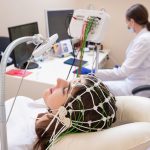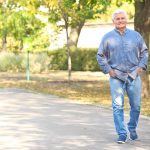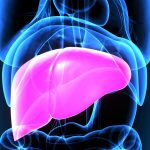
The wildfires thats are increasing with climate change could harm the future brain health of humanity, a new study suggests. Wildfire smoke appears to increase people’s risk of a dementia diagnosis even more than other types of air pollution, researchers reported this week at the Alzheimer’s Association annual meeting in Philadelphia. The risk of dementia with wildfire smoke was notably stronger, even with less exposure, than that associated with other sources of air pollution, researchers found. “With the rising global incidence of wildfires, including in California and the western U.S., exposure to this type of air pollution is an increasing threat to brain health,” said Claire Sexton, senior director of scientific programs and outreach at the Alzheimer’s Association. “These findings underscore the importance of enacting policies to prevent wildfires and investigating better methods to address them.” Researchers found a 21% increase in the odds of dementia diagnosis for every increase of 1 microgram per cubic meter in levels of particle pollution caused by wildfire smoke, researchers found. By comparison, other forms of air pollution caused a 3% increased risk in dementia diagnosis for every 3 microgram per cubic meter increase in airborne particulates. Wildfires, motor vehicles and factories all spew a type of air pollution called fine particulate matter. These solid and liquid particles are 30 times smaller than the width of an average human… read on > read on >










-150x150.jpeg)







